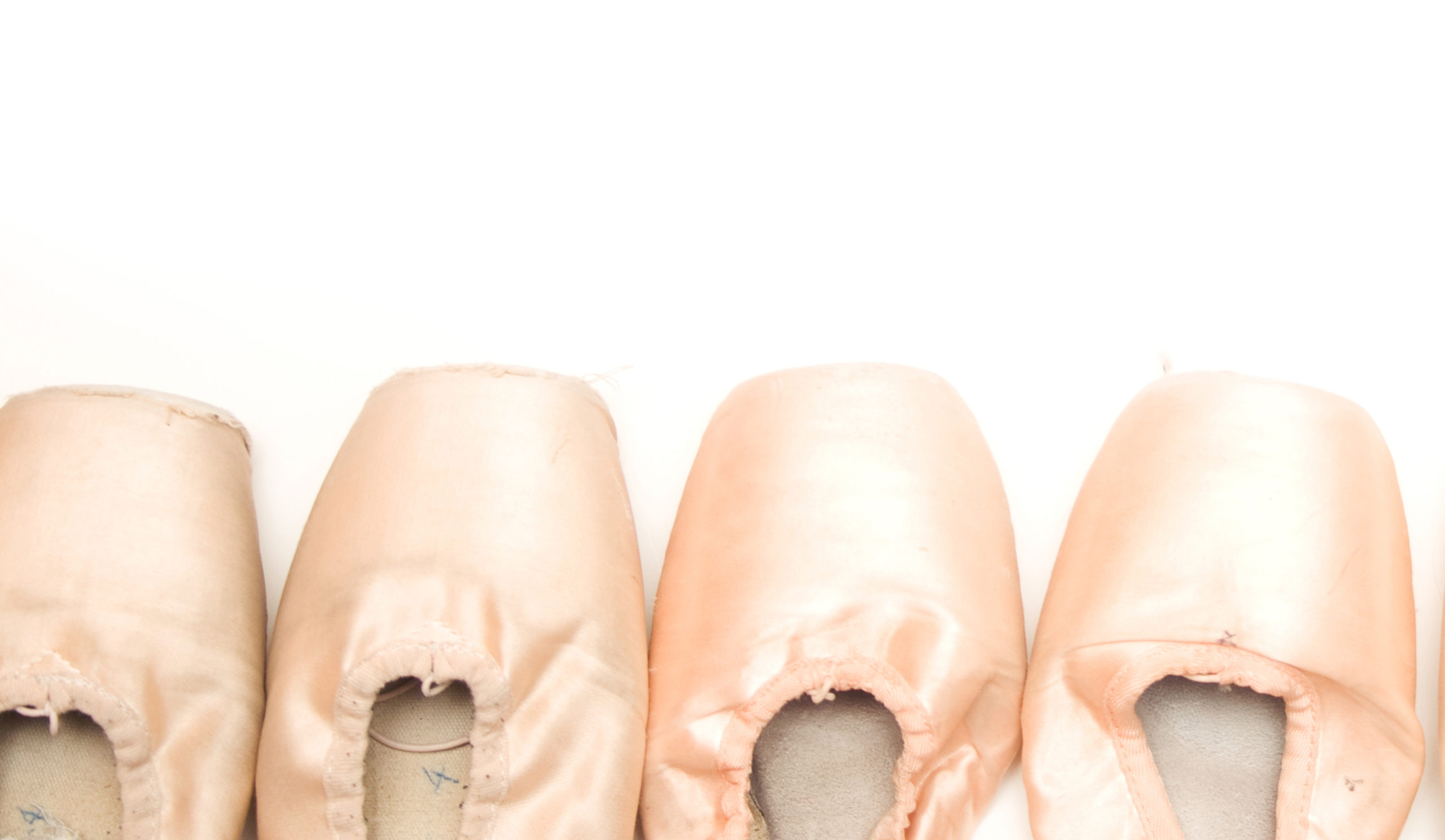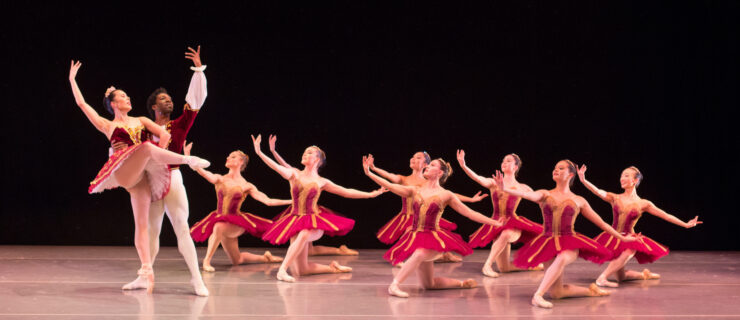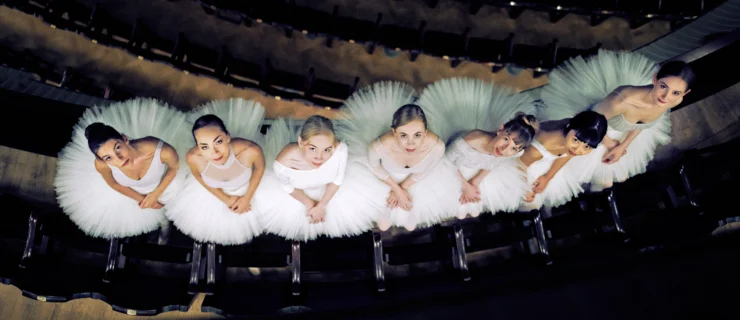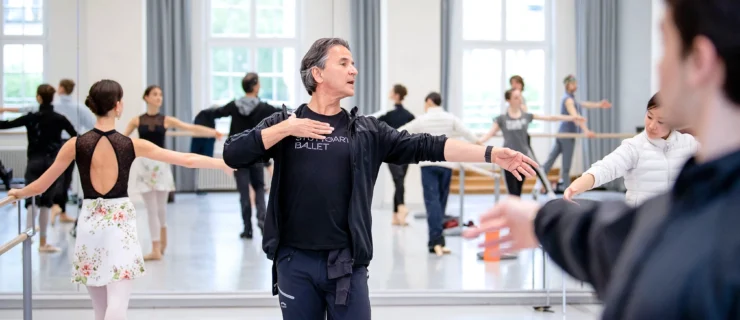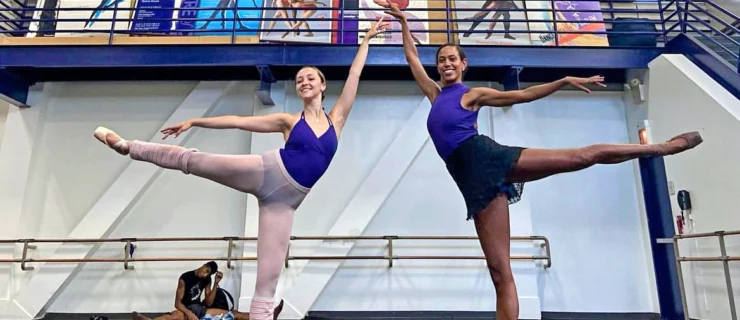NYCB Turns To Big Ballets
During its 2010 winter season, which begins January 5, the New York City Ballet will forgo its signature mixed-repertory programs for five evening-length and—with the exception of Balanchine’s Jewels—story-driven ballets. Especially notable is the return of Peter Martins’ Petipa-based Sleeping Beauty.
These ballet behemoths pose a special challenge for the company’s dancers, says assistant ballet master Sean Lavery, who will coach the roles of Aurora and the Prince in Beauty. “Our dancers are very strong, but most of our ballets are short sprints, whereas something like Beauty is a longer race,” Lavery explains. To prepare his Auroras, Lavery schedules special stamina-boosting rehearsals. “About two weeks before opening, I have each Aurora run all of her material in a single hour—all the pas de deux, all the variations, everything,” he says. “That way, we know she’ll be able to make it through the real thing without collapsing.”
Lavery thinks company members will take full advantage of the opportunity to dance evening-length works. “For the principals, it’s a wonderful feeling to be able to pull off a whole night rather than a short ballet,” he says. “And it’s fun for all the dancers to tell a story sometimes. We don’t get to do that too much here.”
The big ballets will be good for the company financially, too. “It’s a fact: Classical full-lengths sell tickets,” Lavery says. “And these days, with the economy the way it is, it’s important to get people into the seats so we can survive.” —MF
